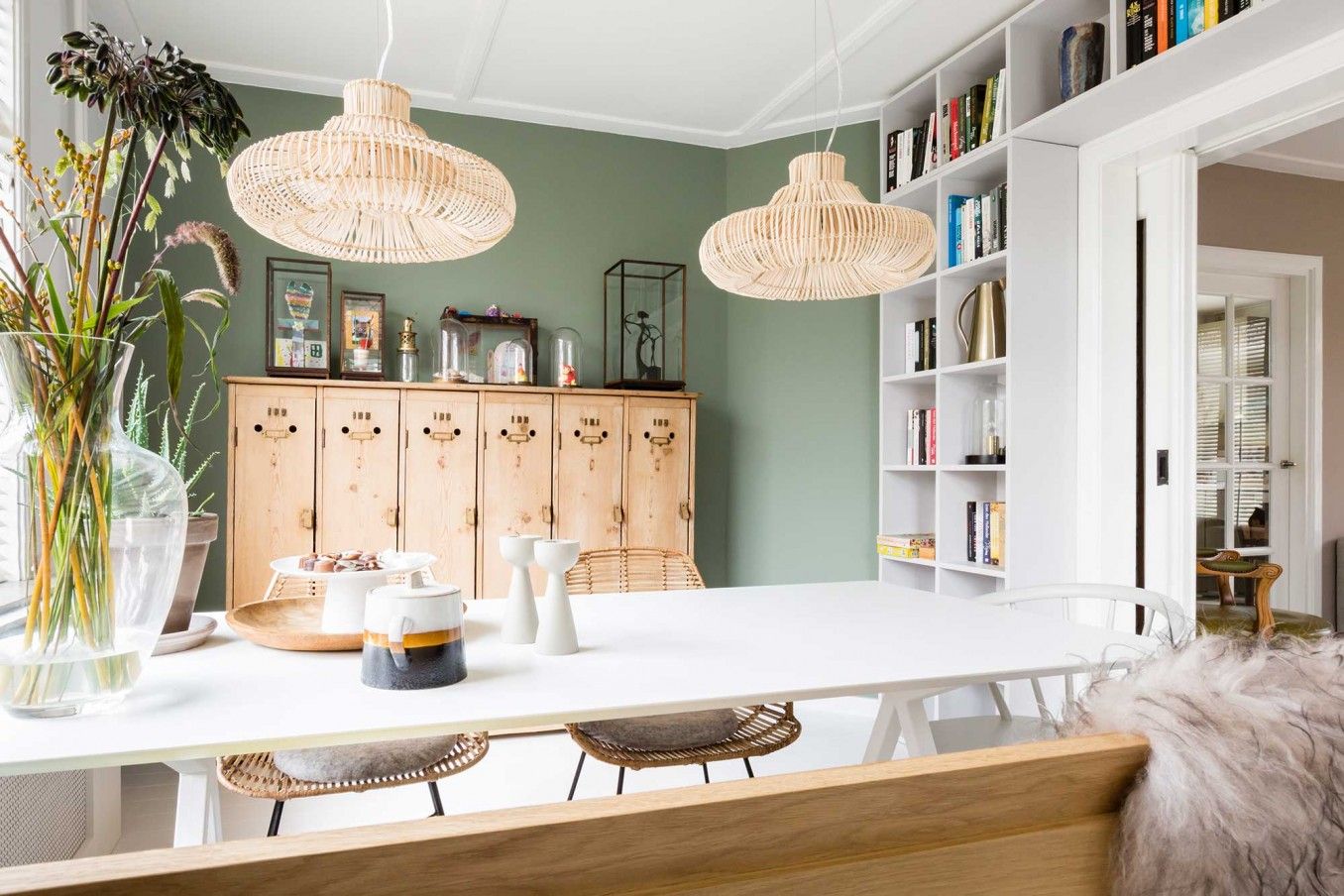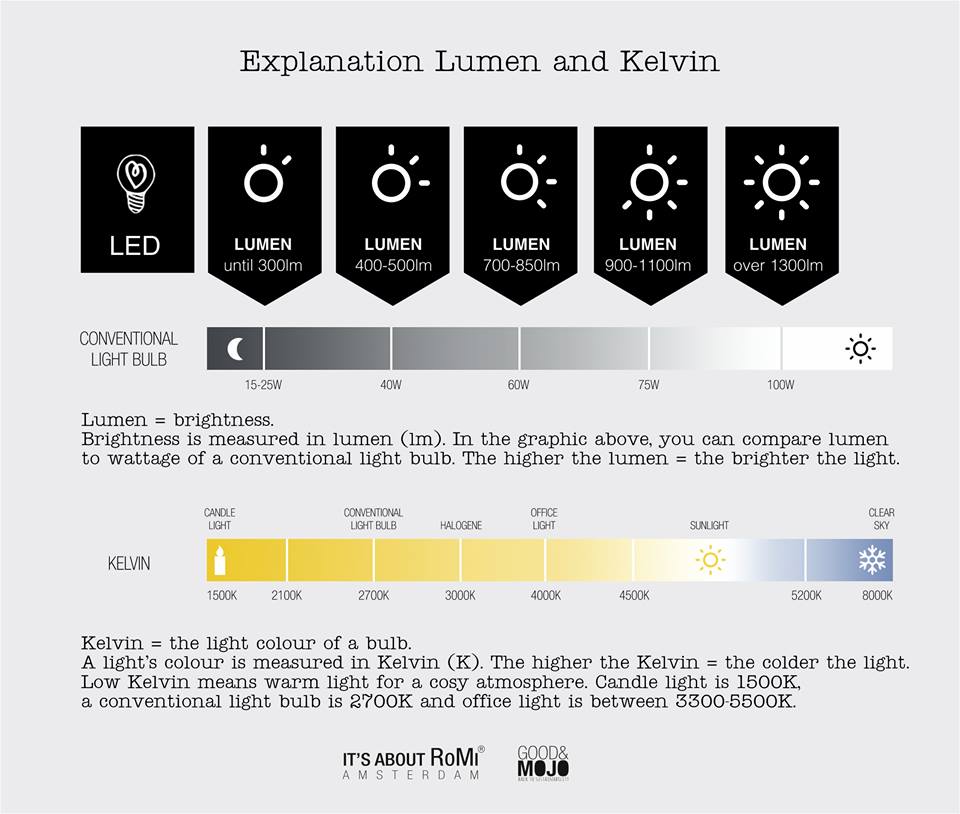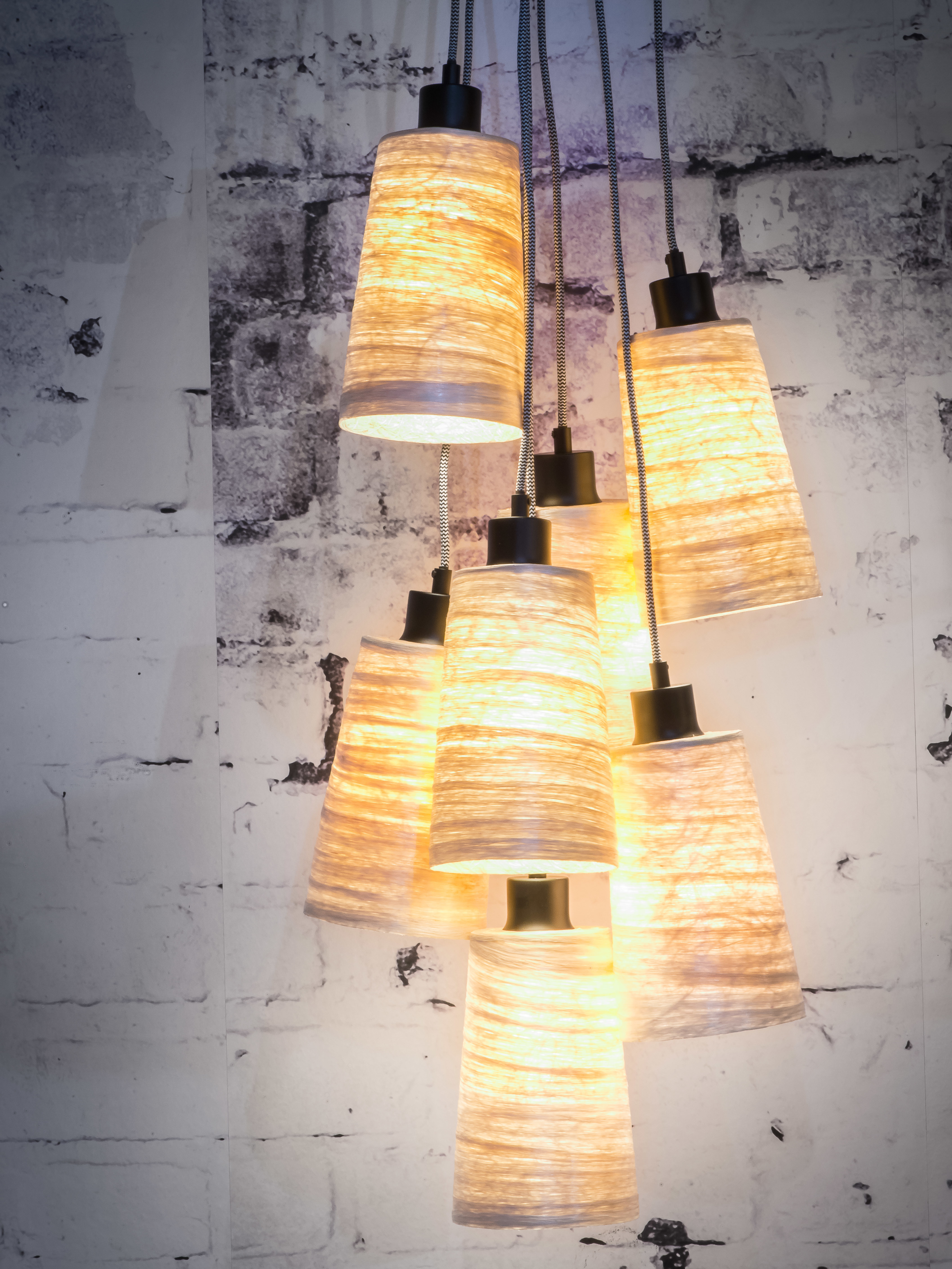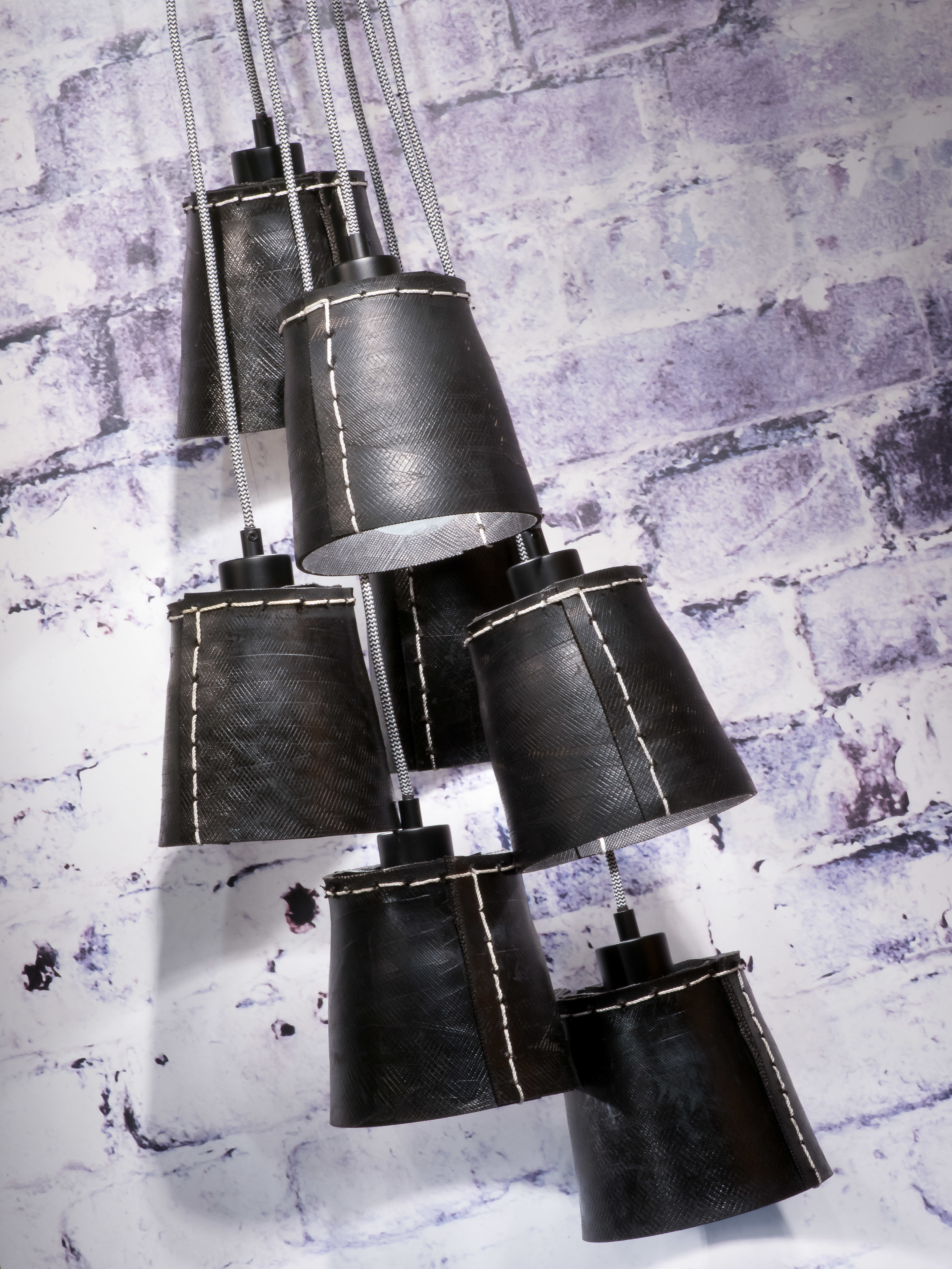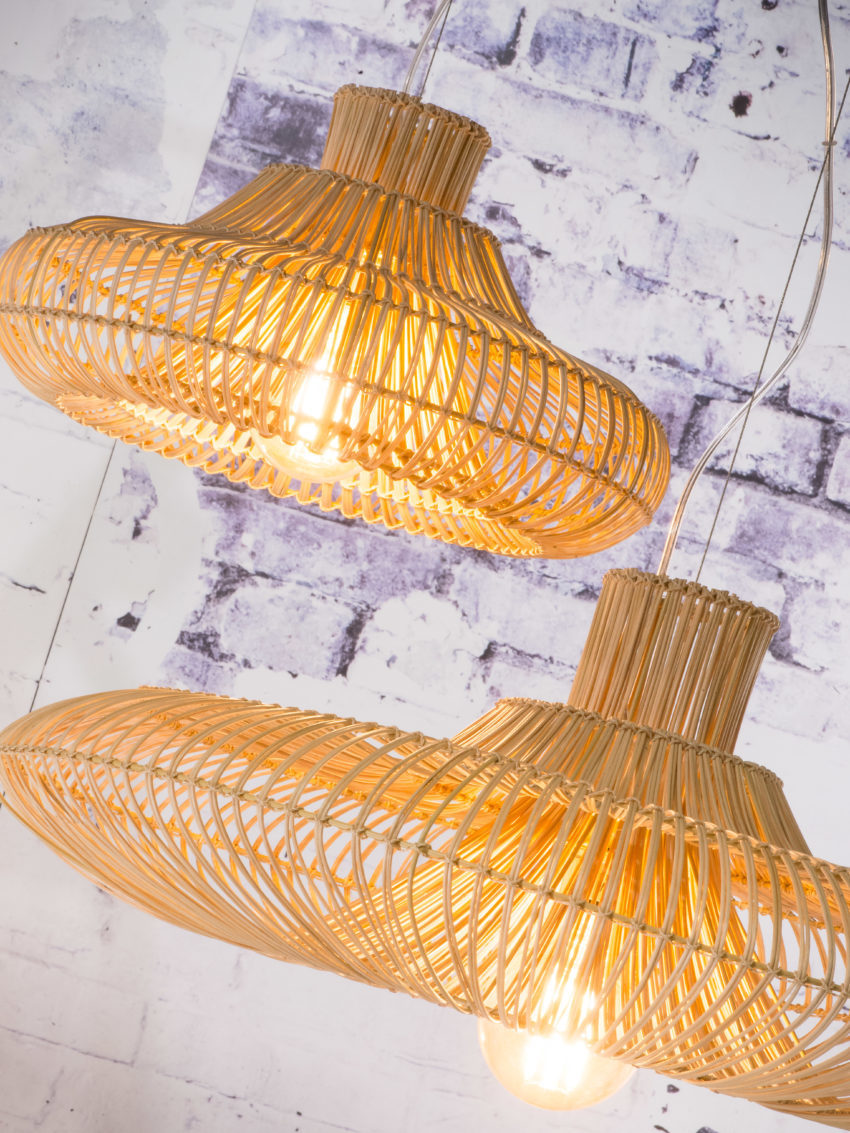As much as we like to engage ourselves in discussions about our distant roots and the relationship we have with our planet – in the context of what is natural, what it was initially meant to be like – it seems that some innovations have, by now, been adopted to an irreversible extent, impeding us from adequately concluding these discussions.
One such particularly irrevocable invention was electricity. In terms of lighting, this monumental innovation has enabled the human civilisation to see at night – something we originally were not able to do. Though it could appear as if this were evolution at work, indirectly supplying the collective human with night vision, the truth is that this innovation, however productive it may be, paradoxically carries a cost.
Throughout the past several decades, there have been many improvements as to the scope of this cost. The invention of LED technology, having resulted in radical energy savings in the United States, would be an example of such an improvement. According to the US Department of Energy, $675 million have been saved in energy costs as a consequence of LED light bulbs installed in 2012.
Photo Credit: Good&Mojo
Although organisations like the International Association of Lighting Designer’s Energy & Sustainability Committee (IALD) and the European Union Regulatory Affairs Working Group continue to pursue ways in which environmental and financial costs of lighting could be reduced, their efforts alone can hardly be enough to implement change on a global level.
Achieving this kind of goal requires involvement on all levels, and the creators of Good&Mojo have understood this, for they started a company that produces sustainable lighting, more precisely lamps, using sustainable materials only. These include bamboo, cork, wood chips, recycled paper pulp and eco-linen. In addition, the company donates five percent of every lamp bought to the WakaWaka Foundation, a solar lamp provider to people in need of light.
We reached out to Good & Mojo in the hope of learning about the company’s history, their approach to sustainability, challenges they are facing and their future strategies.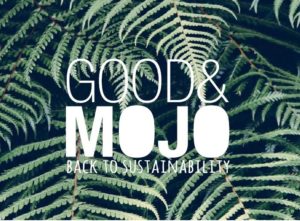
Photo Credit: Good&Mojo
How was Good&Mojo established?
G&M: Our main company, It’s About RoMi, has been in the lighting industry for 25 years. For about six, or maybe seven, years, we have been introducing one sustainable lamp every year to our lighting collection. We have received positive reactions each time, and, having realised that our lamps contributed to increasing awareness of environmental issues – something that was inevitably becoming more and more important – we decided to take it a step further. Being the believers in sustainability that we are, we abandoned the idea of introducing one lamp per year, took a big leap of faith and, about three years ago, launched Good&Mojo – bringing the widest range of sustainable lighting to the market. That was basically how it started.
How is sustainability present within your activities?
G&M: Well, it’s present in our day-to-day activities, as we’ve been a paperless office since about five years ago with the help of FileCenterDMS.com. We are deeply conscious about the material we use not only in our products, but in general. Of course, it’s a whole process, and when you are building sustainable products, you’re also doing your best to continuously find new ways to preserve and nourish the environment. But it’s also about being conscious of other aspects of a company, such as trade, and setting up a company consciousness with which people will associate our products, so that they experience a good emotional response when they look at them. To fully achieve this, though, in this industry, being sustainable isn’t enough.
Potential customers must also think, “It’s a beautiful lamp,” for it to stimulate the desired emotional response, which places additional emphasis on the design of our products. Using sustainable materials only means that sustainability is present in our designing activities as well, where it isn’t enough to just use them to make a lamp, but where it’s necessary to find a way to use them to craft a beautiful lamp. In fact, some of our customers buy our products based on their design only, without even knowing about our emphasis on sustainability.
Sustainability is present in our philosophy, too, where we try to encourage taking a step back on the consumption level and avoiding extremes; where we try to show the world that products can be both sustainable and aesthetically pleasing.
 Photo Credit: Good&Mojo
Photo Credit: Good&Mojo
What is your biggest challenge in the sustainable lighting industry?
G&M: Well, to start with, it’s the discovery of materials which can be a challenging and intense process. For example, when we first started looking for sustainable materials we could use in the production of our lamps, about seven years ago, there was not one supplier – there wasn’t anyone, really – who could provide us with high quality cotton fabric. It’s really not that easy to find something that isn’t just there, the way plastic is. Another challenge we faced was picking the design. Let’s say we receive 30 or 40 samples of a design, and then have to decide which one we want and evaluate whether it’s good enough to be brought to the market. In the end, out of the 30-40 designs, we manage to produce only a few of them. It’s quite a selection process, really. Ultimately, once these have been accounted for, we face the challenge of actually selling our products.
RELATED ARTICLES
![]() SOLAR (EM)POWERMENT IS LIGHTING THE PATH TO SUSTAINABLE DEVELOPMENT
SOLAR (EM)POWERMENT IS LIGHTING THE PATH TO SUSTAINABLE DEVELOPMENT
by James Watson
LITTLE SUN: LIGHTING UP THE DARK WITH SOLAR ENERGY![]()
![]() SDG 7: AFFORDABLE AND CLEAN ENERGY FOR ALL – YOUTH LIGHTING UP THE WORLD
SDG 7: AFFORDABLE AND CLEAN ENERGY FOR ALL – YOUTH LIGHTING UP THE WORLD
Could you please tell us more about your social project?
G&M: We have been donating to other foundations for 25 years, through sister companies of It’s About RoMi. We were already looking into these and following what’s happening, when at some point we came across the WakaWaka Foundation, a very foundational social enterprise. And what do they do? They provide social lighting – an area that couldn’t be closer.
They way WakaWaka Foundation started was with its founder going to South Africa in 2010 to watch the Football World Cup, where he learned about all the people living in underdeveloped areas without access to conventional electricity, who use dexterous and toxic kerosene lamps instead. These lamps are a continuous cause of injuries and deaths, in addition to being costly and damaging to the environment. He saw this and thought, “Okay, they need the support, we have the technology.” Realising that support in the form of lighting could actually save lives and provide people who otherwise lived without access to electricity with sustainable and healthy lighting, he developed an effective solar lamp and started donating to places in need.
Okay, they need the support, we have the technology.
For us, this meant that our involvement wouldn’t just allow children to do their homework at night and walk safely without the sun’s light, but that we would be improving the overall standard of living of an entire community – both socially and environmentally. Naturally, we really liked the idea, and thought, “Well, that’s perfect. We’re a lighting company and they provide lighting to those who need it!”
Our idea was that, instead of talking in terms of turnover or sales, we would be talking in terms of the number of people we’ve helped. For instance, we have donated lamps to 2,000 families so far. It was truly great to see that our work has influenced the lives of others and that our project had an impact on so many kids and adults. 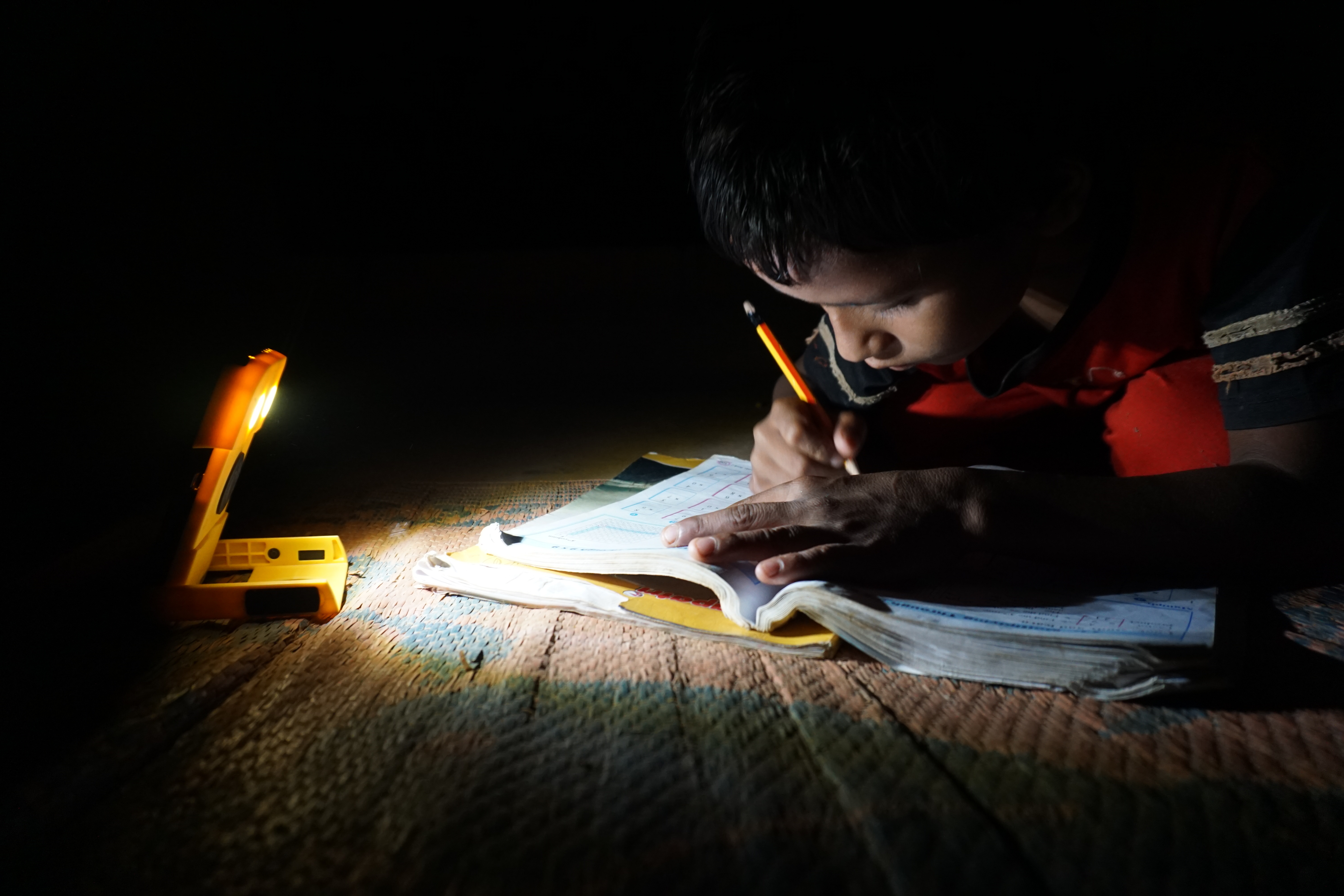
Photo Credit: WakaWaka Foundation
What about your future strategies in order to improve your sustainable implication?
G&M: You can always do more if you can always do better. The important thing is to start somewhere – and that we’ve done. Although we already have a lot, it’s only been a few years since we’ve stared working on this collection. It’s still new to the markets and we are still focusing on doing everything we’re doing now as perfectly as we can.
One thing we are working on is a different packaging, where we are trying to find ways to use less of it. In the long run, these strategies would involve the further development and preservation of a good image, one that would stimulate good emotions, as well as a potential takeover of a sister company and the establishment of Good&Mojo as the main company. Our future strategies will also depend on what will be best for environmental justice in general, the people and our planet. We are in a difficult industry in which you cannot really do whatever you want, as it is electricity we’re dealing with, but one in which you must comply by, respect, and stay within, the rules.
Photo Credit: WakaWaka Foundation
Editors Note: The opinions expressed here by Impakter.com columnists are their own, not those of Impakter.com
Gallery Photo Credit: Good&Mojo


